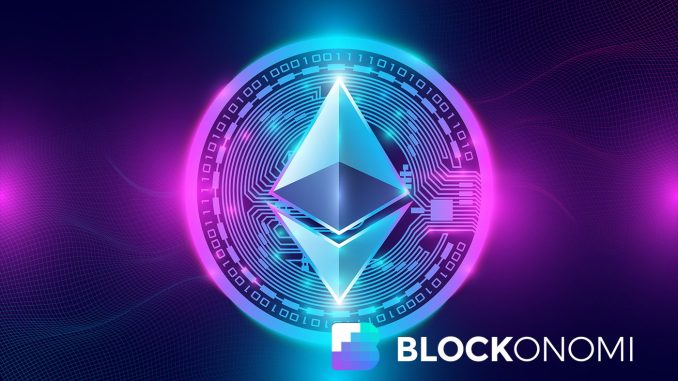
TLDR
Vitalik Buterin has outlined a plan for cross-chain interoperability between Ethereum layer-2 networks
The plan includes several Ethereum Improvement Proposals (EIPs) aimed at enhancing cross-L2 compatibility
Key proposals include EIP-3370 for a new address standard, EIP-7683 for cross-L2 communication, and EIP-3668 for off-chain data access
Buterin predicts that all rollups will eventually adopt zero-knowledge technology, but this transition may take over 5 years
VanEck has predicted that Ethereum L2 scaling networks could reach a $1 trillion market cap within six years
Ethereum co-founder Vitalik Buterin has presented a comprehensive plan to address one of the most pressing challenges in the cryptocurrency ecosystem: cross-chain interoperability between Ethereum layer-2 (L2) networks.
In a series of posts on social media platform X, Buterin outlined his vision for a seamless user experience across the entire “Ethereum-verse,” highlighting several key proposals and technological advancements that could make this a reality.
Cross-L2 roadmap in one tweet:
* 3770 (cross-L2 addrs)* 7683 (cross-L2 sends via liquidity providers)* 3668 (L2 light clients)* Cross-L2-replayable account state updates
The above is enough already. Later, phase 2:
* L1sload/staticcall* Keystore rollups* Proof aggregation
— vitalik.eth (@VitalikButerin) August 5, 2024
The roadmap Buterin shared focuses on a set of Ethereum Improvement Proposals (EIPs) designed to enhance cross-L2 compatibility. One of the primary proposals is EIP-3370, which introduces a new address standard.
This standard would require wallets and decentralized applications (dApps) to display chain-specific addresses using human-readable prefixes, significantly simplifying the user interface and reducing the potential for errors when interacting with different L2 networks.
Another crucial component of the plan is EIP-7683, which aims to establish a standard communication protocol for different Ethereum L2 networks. This proposal addresses the current inefficiencies and complexities users face when attempting to trade assets across different chains. By implementing a unified set of rules, EIP-7683 could streamline inter-chain transactions, making it easier and more efficient for users to move assets between various L2 solutions.
EIP-3668 is also on the agenda, proposing a standardized method for Ethereum smart contracts to access off-chain data. Buterin refers to this as “layer-2 light clients,” explaining that it would make it easier and more cost-effective for developers to build applications that require large amounts of data without incurring high on-chain storage costs.
In addition to these proposals, Buterin discussed the concept of “cross-L2-replayable account state updates,” which he had previously elaborated on in a 2023 blog post. This approach allows L2 networks to receive recent layer-1 (L1) state updates while maintaining security and low latency, further enhancing the interoperability between different layers of the Ethereum ecosystem.
Looking ahead, Buterin mentioned several phase 2 updates to further improve cross-chain L2 compatibility, including keystore rollups and proof aggregation. He emphasized that the initial “stage 1” updates are independent of the specifics of rollup technology, suggesting a broader applicability across different L2 solutions.
Regarding the future of existing zero-knowledge (zk) and optimistic rollups, Buterin predicted that all rollups will eventually transition to zk technology to finalize transactions to Ethereum once per slot. However, he estimated that this transition would take more than five years to fully materialize.
The Ethereum co-founder’s optimism about solving cross-L2 interoperability issues is shared by some in the investment community.
Earlier this year, investment manager VanEck predicted that Ethereum L2 scaling networks could reach a $1 trillion market capitalization within six years, underscoring the significant potential of Buterin’s vision for cross-chain interoperability.
However, Buterin has also recently voiced concerns about overly complicated Layer 2 scaling solutions, highlighting the potential risks associated with complex L2 networks.
He urged for a more balanced approach in the development of blockchain ecosystems, aligning with the prevailing belief in the blockchain community that Layer 1 networks should prioritize simplicity to minimize the risk of critical bugs and attack vectors.





Be the first to comment